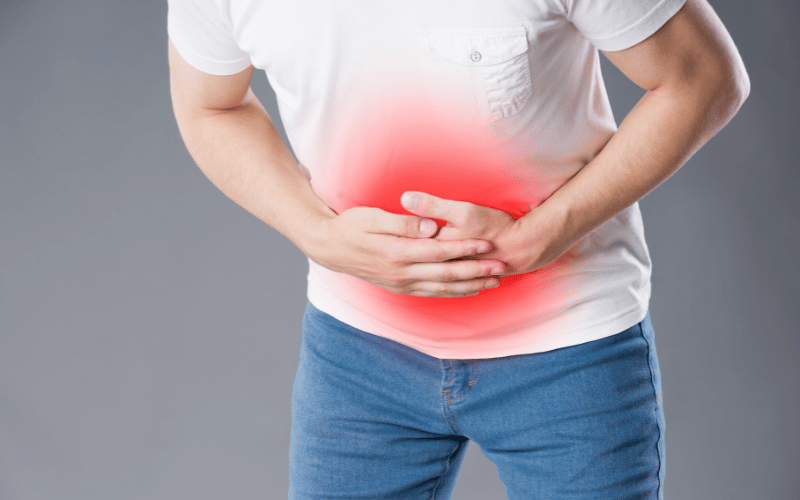Introduction: Understanding Acute Pancreatitis and its Manifestations
Acute Pancreatitis (AP) stands as a formidable medical condition, defined by the sudden inflammation of the pancreas. This condition is notorious for its intensity and the rapid manner in which it can escalate, making it imperative to recognize its signs and symptoms at the earliest. The pancreas, nestled between the stomach and spine, plays a pivotal role in digestive processes, including the secretion of enzymes and hormones. When inflamed, this vital organ triggers a series of symptoms that are hard to ignore.

The etiology of acute pancreatitis spans various factors, with gallstones and excessive alcohol consumption being the usual culprits. However, its onset is not limited to these factors alone, as the condition can also arise due to injuries, infections, and certain medications. The severity of acute pancreatitis can vary, ranging from mild discomfort to life-threatening complications, making early detection and intervention paramount.
Individuals with a history of gallstones or heavy alcohol use are at an increased risk, as are those with a family history of pancreatic disorders. It’s crucial to note that while AP can manifest in anyone, these risk factors do play a significant role in its development. The role of lifestyle choices cannot be understated, with a balanced diet and moderated alcohol consumption being key preventive measures.
Symptom 1: Sudden and Severe Upper Abdominal Pain

When acute pancreatitis strikes, it doesn’t do so quietly. One of the first and most striking symptoms is a sudden and severe pain that grips the upper abdomen. This isn’t just your run-of-the-mill stomachache; it’s an intense, sharp pain that demands attention. The pancreas sits nestled behind the stomach, and when it becomes inflamed, the surrounding tissues feel the heat.
Patients describe this pain as something that doesn’t relent. It’s there, bold and unyielding, often wrapping around to the back. This characteristic pain is exacerbated by eating, particularly if the meal is high in fats. It’s as if the pancreas, already taxed and inflamed, protests any additional workload. The pain becomes a physical reminder that all is not well in the abdominal cavity.
The severity of the pain can vary from person to person, but it’s universally recognized as a hallmark of acute pancreatitis. It’s the kind of pain that sends individuals straight to the emergency room, searching for relief. The abrupt nature of the pain aligns with the acute onset of the pancreatitis itself, making it a critical symptom to recognize and address.
Beyond the immediate physical discomfort, this severe abdominal pain serves as a red flag, signaling that the pancreas is in distress. It’s a symptom that can’t be ignored and one that necessitates prompt medical attention. Ignoring this intense pain could lead to complications, and nobody wants to take that risk.
In the grand scheme of things, this severe upper abdominal pain acts as an alarm bell. It’s the body’s way of saying, “Hey, something’s seriously wrong here,” urging individuals to seek medical help. By paying heed to this pain and responding swiftly, patients set the stage for a quicker diagnosis and a smoother road to recovery. (1)